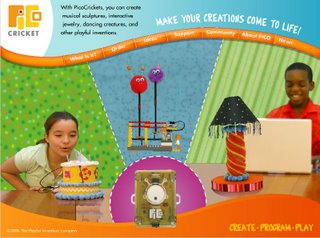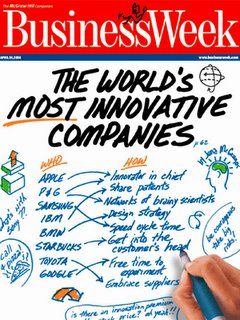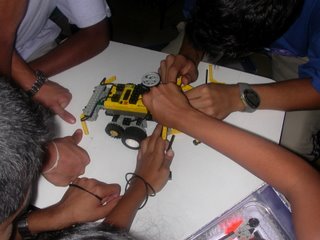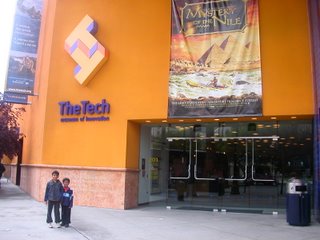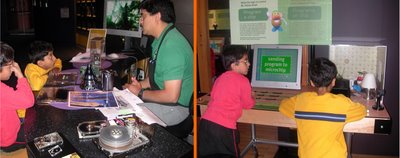That question posed to me by a teacher the other day truly warmed the cockles of my heart (pardon the quaint expression!)…I thought the idea of leveraging her students' new-found interest in poetry through a classroom blog was a brilliant one. Writing poems is just the kind of Language Arts activity that can benefit immensely from a forum for publishing and an audience of readers (for praise and critique) in teachers, parents and most of all, peers.
Blogging in the classroom - it’s a slow but sure trend in urban schools in India - one that I’m happy to fan along in any way I can, because I see such tremendous possibilities in these common platforms for expression and discourse that extend beyond the four walls of the classroom.
Blogs in K-12 can have various purposes – as a quasi-course management site maintained by the teacher alone; or a collaborative platform for sharing ideas by the teacher as well as the students; or a personal space for publishing maintained by individual students that the class (or even the school community at large) has access to. Having used blogs in all these different ways with my students (teachers in professional development programs), I think it’s important for teachers to be aware of the different ways in which blogs can be set up and used – driven, as it were, by the purpose of setting up this collaborative learning space.
 I came across a fantastic article that provides crystal clarity on various blogging techniques that can be employed by teachers. A brilliant piece of expository writing that is well-supported by excellent diagrams (such as the one shown here), this article would be good guide to any teacher in nailing the implementation strategy of her class blog.
I came across a fantastic article that provides crystal clarity on various blogging techniques that can be employed by teachers. A brilliant piece of expository writing that is well-supported by excellent diagrams (such as the one shown here), this article would be good guide to any teacher in nailing the implementation strategy of her class blog.Teachers - read and blog away…


